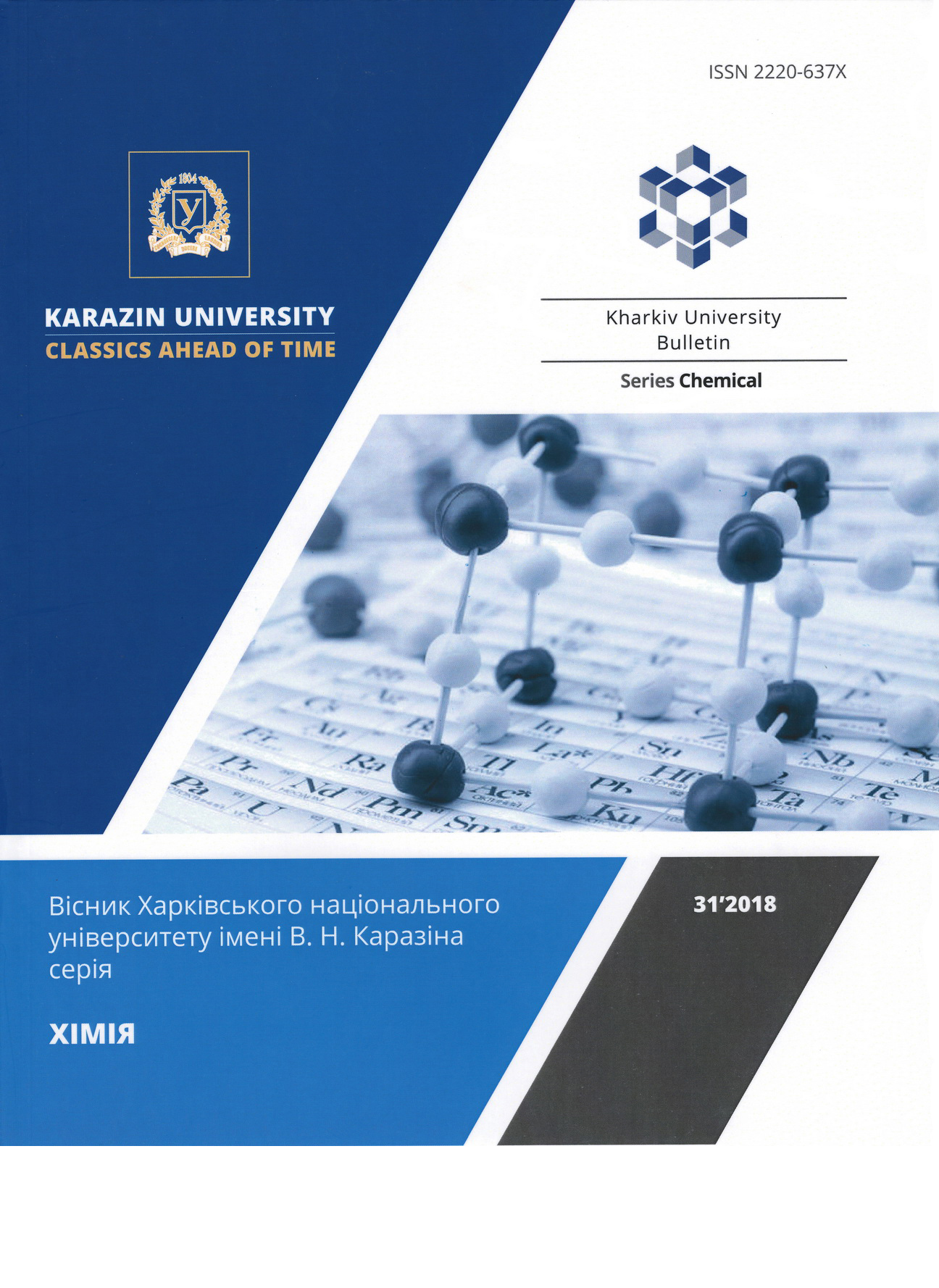Reologic properties of aqueous solutions of agar and gelatine for confectionery
Abstract
Experimentally by using the rotational viscometer and the temperature scan method the dependence of shear stress on shear rate were determined and the effective dynamic viscosity of the systems water-0.5% agar (WA), water-2% gelatin (WG) and water-0.5% agar-2.0% gelatin (WAG) in the range of shear rates 17-1021 s-1 and temperature range of 298-323 K were calculated. The obtained experimental flow curves were approximated by the equations of the Ostwald power-law model, the Herschel-Bulkley model, and the Kasson model. It is established that the experimental results with good accuracy can be described by the Herschel-Bulkley equation. The values of the yield shear stress and yield index calculated using this equation made it possible to classify the systems WA and WAG in the temperature range 298-310 K as nonlinear plastic with partial transition to pseudoplastic flow.
Analysis of the temperature dependence of viscosity from the viewpoint of the activation theory of viscous flow showed a deviation from linearity of the dependence of the logarithm of viscosity on the inverse temperature with decreasing temperature, which suggests the existence of a sol-gel transition from the standpoint of the structural viscosity. The gelation temperatures thus obtained are reduced in a series of WA-WAG-WG systems.
Within the framework of the structural approach, the rheological data were analyzed on the basis of the generalized rheological model of Kasson. The contributions to the viscous flow from the integral characteristics of the associates of macromolecules and individual particles calculated from experimental data during their hydrodynamic interaction allowed us to explain an effect of decreasing of viscosity WA system due to adding of gelatin by ruin of the elements of initial system.
Downloads
References
Tolstoguzov V. Some thermodynamic considerations in food formulation. Food Hydrocoll. 2003, 17 (1), 1–23.
Banerjee S., Bhattacharya S. Food gels: gelling process and new applications. Crit. Rev. Food Sci. Nutr. 2012, 52 (4), 334–346.
Foshchan A.L., Grigorenko A.M. Vivchennya mojlivosti’ regulyuvannya strukturno-mehani’chnih vlastivostey jeleynih virobi’v ta deserti’v na osnovi’ sul’fatovanih poli’saharidi’v ta bi’lkovogo dragleutvoryuvacha. Progresivni' tehni'ka ta tehnologi'i` har-chovih virobnictv restorannogo gospodarstva i' torgi'vli' 2005, 164–168.
Foshchan A.L., Grigorenko A.M. Vivchennya mojlivosti’ vikoristannya jelatinu dlya pi’dvisch’ennya mi’cnosti’ dragli’v sul’fatovanih poli’saharidi’v chervonih mors’kih vodor-ostey. Zbi'rnik naukovih prac' HDUHT 2004, 530–536.
Foshchan A.L., Grigorenko A.M. Regulyuvannya reologi’chnih ta strukturno-mehani’chnih vlastivostey jeleynih virobi’v ta napi’vfabrikati’v na osnovi’ kombi’novanih sistem dragleut-voryuvachi’v. Naukovi' praci' Odes'koi` naci'onal'noi` akademi'i` harchovih tehnologi'y 2009, 36 (1), 234–236.
Kasapis S. Phase separation in biopolymer gels: A low- to high-solid exploration of structural morphology and functionality. Crit. Rev. Food Sci. Nutr. 2008, 48 (4), 341–359.
Goralchuk A.B., Pivovarov P.P., Grinchenko O.O., et al. Reologi'chni' metodi dosli'djennya sirovini i' harchovih produkti'v ta avtomatizaci'ya rozrahunki'v reologi'chnih harakteristik, HDUHT: 2006.
Tucker G. Applications of rheological data into the food industry. In Advances in food rheol-ogy and its applications, Elsevier: 2017, pp 159–175.
Stanley N.F. Agars. In Food polysaccharides and their applications, Stephen A.M., Phillips G.O., Williams P.A., Eds., Taylor&Francis: 2006, pp 217–238.
Matveenko V.N., Kirsanov E.. Vyazkost’ i stuktura dispersny’h sistem. Vestn. Mosk. un-ta. Seriya 2. Him. 2011, 52 (4), 243–276.
Malkin A.I., Isayev A.I. Rheology : concepts, methods, and applications, ChemTec Pub.: 2012.
Piculell L., Nilsson S., Viebke C., Zhang W. Gelation of (some) sea weed polysaccharides. In Food hydrocolloids. Structures, properties and functions, Nishinari K., Doi E., Eds., Springer Science+Business Media, LLC: 1993, pp 35–44.
Nazir A., Asghar A., Aslam Maan A. Food gels: gelling process and new applications. In Ad-vances in Food Rheology and Its Applications, Elsevier: 2016, pp 335–353.
Ahmed J. Rheological properties of gelatin and advances in measurement. In Advances in food rheology and its applications, Elsevier: 2016, pp 377–404.
Matveenko V.N., Kirsanov E.. Strukturnaya vyazkost’ i strukturnaya uprugost’ polimerny’h rasplavov. Jurnal prikladnoy himii 2018, 91 (5), 720–748.
Casson N. A flow equation for pigment-oil suspensions of the printing ink type. In Rheology of Disperse Systems, Mill C.C., Ed., Pergamon Press: 1959, pp 84–104.
Cross M.M. Rheology of non-newtonian fluids: A new flow equation for pseudoplastic sys-tems. J. Colloid Sci. 1965, 20 (5), 417–437.




